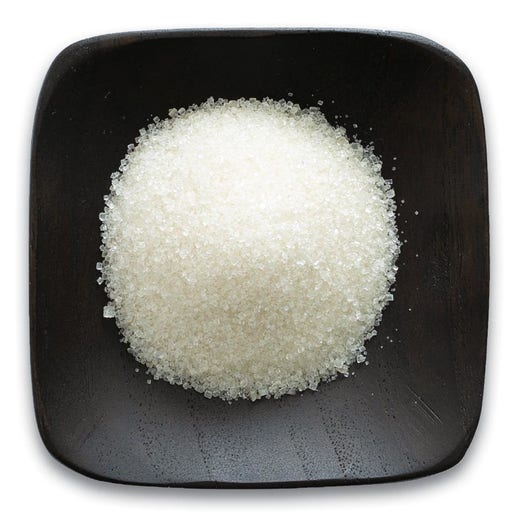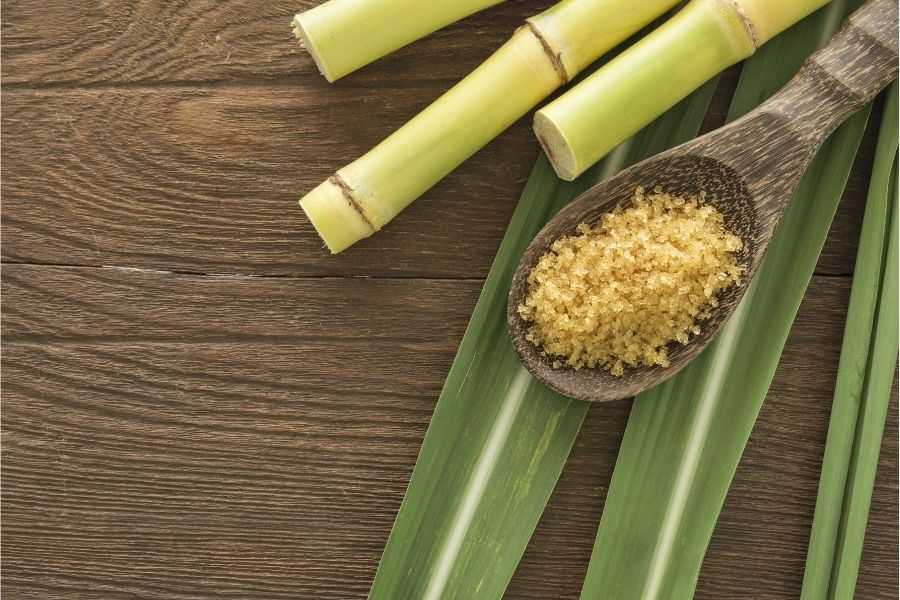Cane Sugar Processing Explained: What Happens Inside a Sugar Mill
Cane Sugar Processing Explained: What Happens Inside a Sugar Mill
Blog Article
Checking Out the Comprehensive Steps Entailed in Walking Stick Sugar Processing From Collecting to Improvement
The process of cane sugar manufacturing incorporates a collection of intricate actions, starting with the mindful harvesting of sugarcane and finishing in the improvement phases that guarantee the last product fulfills sector standards. Each phase, from the extraction of juice to the purification and formation processes, plays an important function in determining the high quality and personality of the sugar.
Collecting Sugarcane
Harvesting sugarcane is a crucial action in the cane sugar handling chain, as it directly affects the top quality and yield of the final product. Proper timing and methods are essential during this phase to guarantee optimal sugar web content and lessen losses. Usually, sugarcane is gathered when it reaches maturation, usually 12 to 18 months after growing, defined by a high sucrose concentration.

Post-harvest, the sugarcane must be processed promptly to avoid sucrose degradation. Preferably, harvested walking cane ought to be delivered to refining centers within 24 hours to preserve sugar quality. For that reason, effective logistical preparation is vital to keep the honesty of the collected crop throughout the supply chain.
Removal Refine

The crushed walking stick is subjected to a collection of pushing operations to make the most of juice recuperation. Usually, hot water is sprayed onto the crushed walking stick, developing a countercurrent flow that aids liquify the sugar while additionally assisting in the removal procedure. The juice accumulated from this procedure includes not only sugar yet also numerous organic compounds and impurities.

To enhance removal efficiency, some facilities may utilize diffusion methods, where the sugarcane is soaked in warm water, allowing the soluble sugars to diffuse right into the fluid. The resulting juice, rich in sucrose, is after that routed to subsequent handling phases, laying the structure for purification and improvement. The extraction procedure is hence essential in establishing the quality and return of the final sugar product.
Purification Methods
The purification methods used in walking stick sugar handling are vital for changing the raw juice right into a top notch sugar item. These techniques mostly intend to get rid of contaminations, such as dirt, plant materials, and inorganic substances, which can negatively affect the end product's flavor and shade.
One of the most typical purification strategies is clarification. This procedure involves adding lime and warm to the raw juice, which promotes the coagulation of pollutants. The resulting precipitate is after that gotten rid of via sedimentation or filtering, yielding a clearer juice. Additionally, using phosphoric acid can boost the explanation process by more binding impurities.
An additional substantial method is carbonatation, where carbon dioxide is introduced to the clarified juice. This response creates calcium carbonate, which catches staying contaminations and promotes their elimination.
Additionally, activated carbon therapy may be used to adsorb any type of staying colorants and natural contaminations, making certain an extra polished product. The mix of these techniques effectively prepares the sugar juice for subsequent actions in the refining process, establishing the phase for the manufacturing of Source top quality cane sugar.
Condensation Methods
After the filtration stage, the following critical action in cane sugar processing includes condensation methods, which play a pivotal function in transforming the cleared up juice into solid sugar. This process commonly employs 2 primary approaches: spontaneous formation and controlled crystallization.
In spontaneous condensation, supersaturated sugar solutions are permitted to cool down normally, leading to the formation of sugar crystals gradually. This approach is less complex but may result in uneven crystal dimensions and lower pureness degrees. On the various other hand, regulated crystallization is a more accurate technique where temperature, focus, and seeding representatives are carefully taken care of. This approach enables the consistent growth of sugar crystals and higher pureness.
Throughout crystallization, the clarified juice is focused through evaporation, increasing its sugar content till it reaches supersaturation. As soon as this point is accomplished, either technique can promote the condensation process. Cane Sugar Processing. The company website resultant sugar crystals are after that divided from the remaining syrup through centrifugation
Inevitably, the selection of condensation method impacts the high quality, dimension, and pureness of the last sugar item, making this step vital in the overall cane sugar handling procedure.
Refinement and Product Packaging
Exactly how can the pureness and quality of walking cane sugar be even more improved after crystallization? The refinement process plays an essential role in achieving high-grade walking stick sugar. Following crystallization, sugar undertakes a complete washing to eliminate pollutants and residual molasses. This is usually accomplished making use of warm water or heavy steam, which aids dissolve and remove undesirable components while maintaining the sugar crystals.
Following, the sugar is subjected to a procedure called centrifugation, where it is spun at broadband to separate the detoxified sugar crystals from the continuing to be fluid. After centrifugation, the sugar is usually more improved through a method called carbonization or phosphatation, which uses turned on carbon or phosphoric acid to remove shade and off-flavors.
When fine-tuned, the sugar is dried to achieve the desired dampness web content, guaranteeing that it stays stable during storage space and transportation. The last action involves packaging the polished sugar in closed and moisture-proof containers to preserve its top quality and prevent contamination. Cane Sugar Processing. Proper packaging not just extends life span yet also facilitates simple handling and circulation, guaranteeing that visit the site consumers receive sugar that meets the highest possible requirements of purity and quality
Verdict
The detailed steps associated with walking cane sugar processing, from the precise harvesting of sugarcane to the detailed improvement and product packaging phases, underscore the relevance of each phase in guaranteeing top quality sugar production. Optimum harvesting techniques, effective extraction techniques, and strenuous filtration processes collectively add to the end product's pureness and security. The formation and succeeding product packaging techniques better improve the honesty and shelf life of the sugar, highlighting the intricacy and precision inherent in this important agricultural market.
The procedure of walking cane sugar production includes a collection of detailed actions, beginning with the mindful harvesting of sugarcane and culminating in the refinement phases that make certain the final product meets market criteria. Ideally, gathered cane must be transferred to processing facilities within 24 hours to protect sugar top quality.In spontaneous formation, supersaturated sugar solutions are allowed to cool down normally, leading to the formation of sugar crystals over time - Cane Sugar Processing. The refinement process plays an essential role in achieving high-quality walking cane sugar.The extensive actions included in walking cane sugar processing, from the thorough harvesting of sugarcane to the detailed refinement and product packaging stages, underscore the significance of each stage in making sure high-quality sugar manufacturing
Report this page